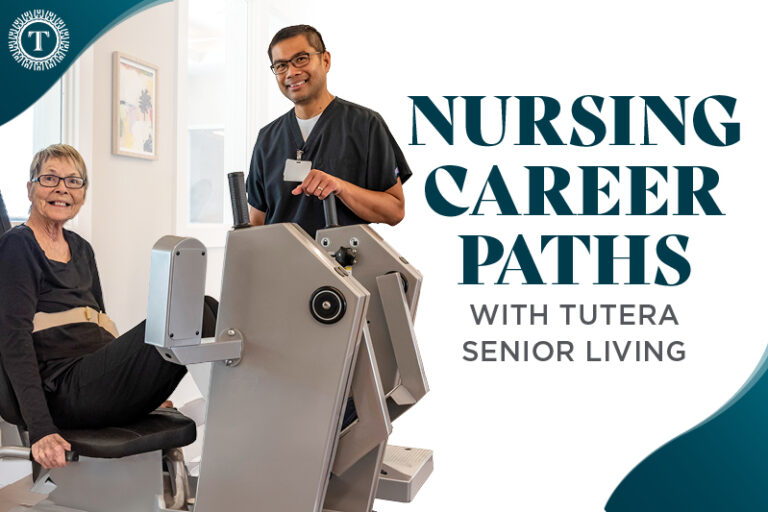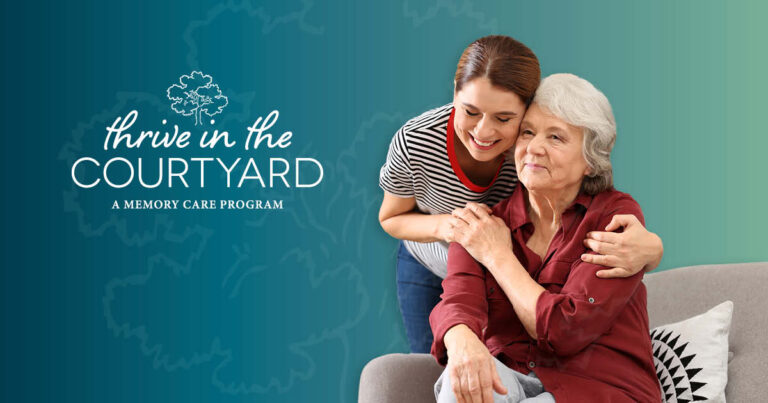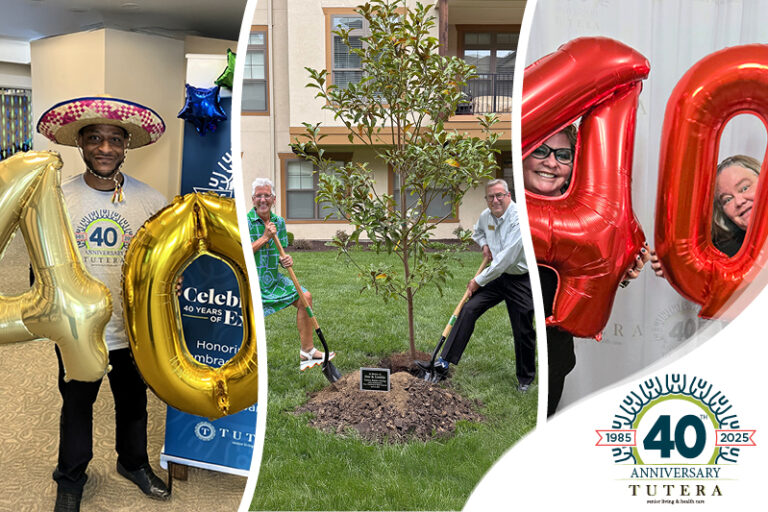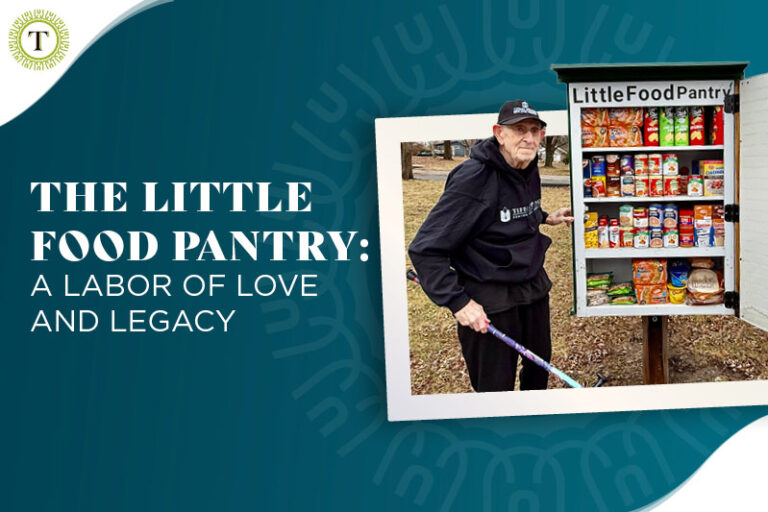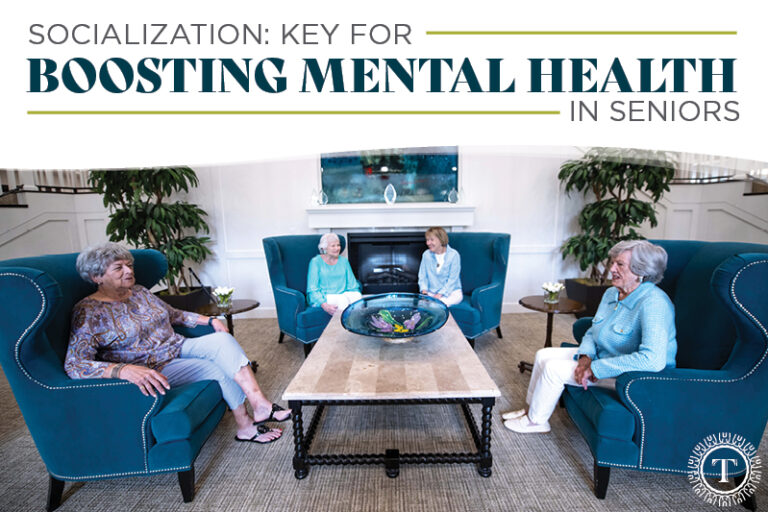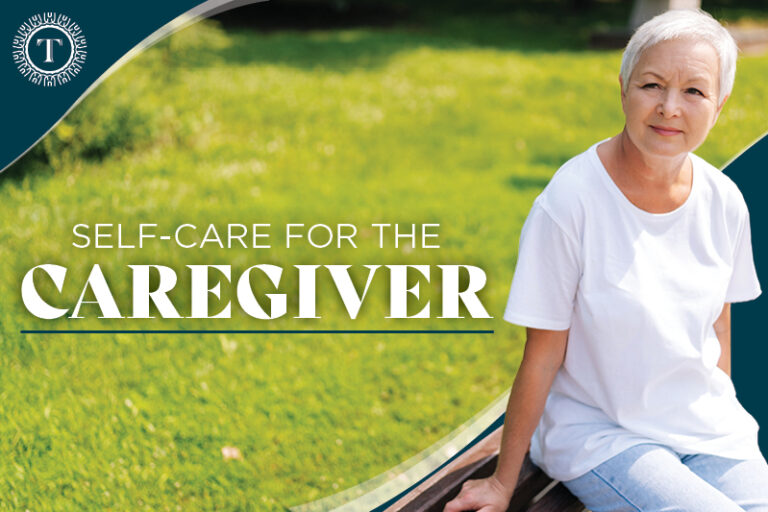IN THE KNOW
AND UP TO DATE
For topics of interest to seniors and their families, explore our blogs and new posts.
Latest on The blog
Assisted Living | Healthcare | Independent Living | Memory Care | Press Release | Senior Care | Senior Independent Living | Senior Living | Senior Living Care | Tutera Communities
Tutera Senior Living Communities Recognized Nationally for Excellence in Senior Care
Tutera Senior Living & Health Care is proud to announce that several of its senior living communities have been honored in the 2025 U.S. News & World Report Best Senior Living awards. These accolades reflect the organization’s ongoing commitment to providing exceptional service, high-quality care and the best retirement communities for older adults across the country. Since 1985, Tutera Senior…
Healthcare | Resources | Senior Care | Senior Living | Senior Living Technology | Senior Physical Wellness | Skilled Nursing | Tutera Communities
On-Site Dialysis at Tutera Senior Living & Health Care
Enhancing Access. Enriching Lives. At Tutera Senior Living & Health Care, we believe exceptional care…
Mental Health for Caregivers: 5 Strategies for Wellness
Caring for a loved one is a profound act of love, but it often comes…
Enhancing Senior Living: Fresh Nutrition for Older Adults
As we grow older, our bodies change – and so do our nutritional needs. But…
Assisted Living | Healthcare | Independent Living | Long-Term Care | Memory Care | Resources | Senior Care | Senior Living Care | Skilled Nursing
Nursing Career Paths With Tutera Senior Living
In senior living communities, every team member plays an important role in the lives of…
Alzheimers & Dementia | Healthcare | Memory Care | Resources | Senior Care | Senior Living | Thrive Memory Care | Tutera Communities
Thrive in the Courtyard Recognized by the Alzheimer’s Association
Caring for a loved one with dementia is a journey filled with both challenges and…
Tutera Celebrates 40 Years of Exceptional Senior Care
Tutera Senior Living & Health Care, a nationally respected leader in senior care, proudly kicked…
Assisted Living | Healthcare | Independent Living | Senior Care | Senior Living | Senior Living Care | Senior Physical Wellness | Tutera Communities
Tutera Senior Living & Health Care Marks 40 Years of Excellence and Innovation
Tutera Senior Living & Health Care, a nationally recognized leader in senior care, is proud…
Assisted Living | Healthcare | Independent Living | Senior Care | Senior Living | Senior Living Care | Senior Physical Wellness | Senior Social Wellness | Tutera Communities | Tutera Resident Spotlight
The Little Food Pantry: A Labor of Love and Legacy
Ernie Martel’s story began spreading soon after his initiative, The Little Food Pantry, caught the…
Beyond Bedtime: Aging and Sleep
Even though we have been doing it since before we were born, the science behind…
Socialization: Key for Boosting Mental Health in Seniors
Strong mental health is essential at every stage of life, yet seeking professional help for…
Self-Care for the Caregiver
Caring for a loved one, whether a family member, friend or client, is a deep…
Assisted Living | Healthcare | Independent Living | Memory Care | Senior Care | Senior Living | Senior Living Care | Senior Physical Wellness | Tutera Communities
Tutera Travel Log: Senior Care in Illinois
Pack your bags because we’re making another stop on our Tutera Travel Log, and this…





